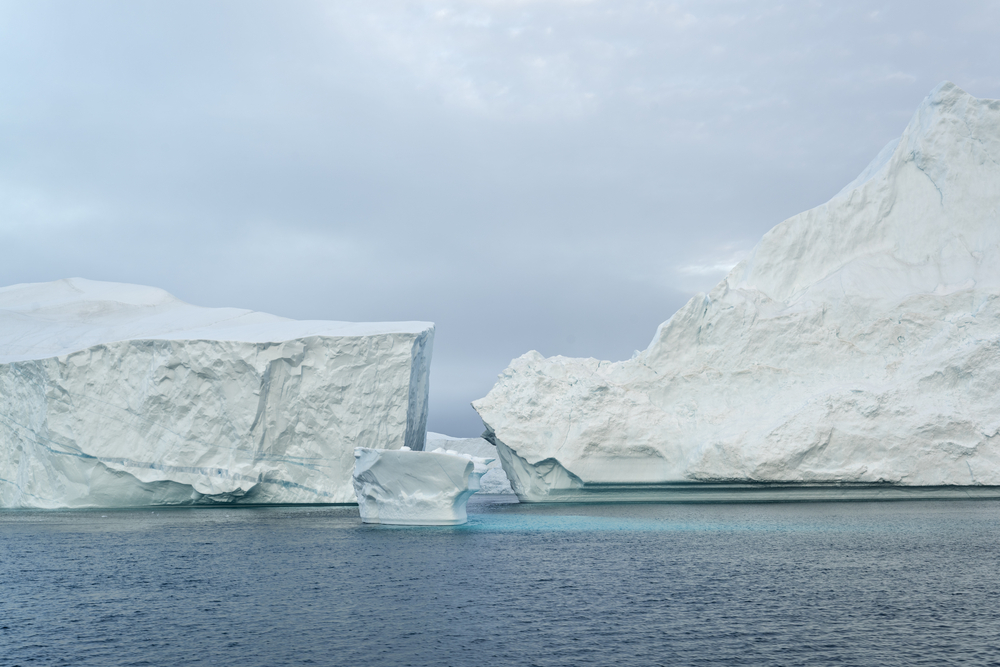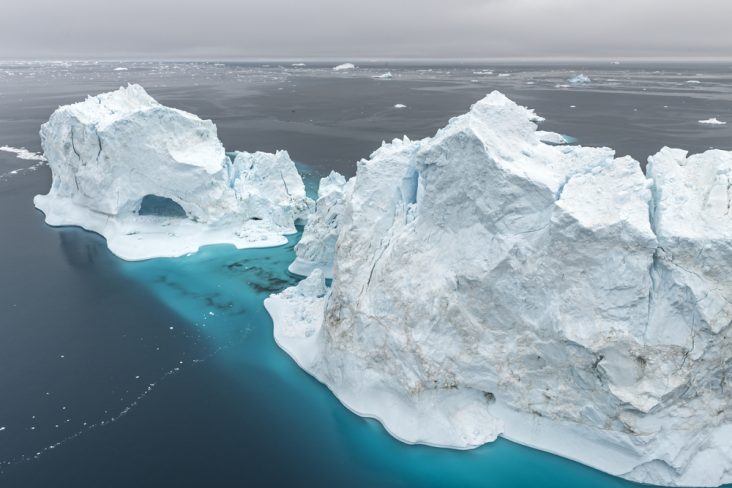Full effects on global climate are not taken into account by current international climate policies.
The weather is wild these days and will be wilder within a century – partly because the water from melting ice sheets off the Antarctic and Greenland will lead to extreme weather and unpredictable temperatures around the globe.
A study conducted at the McGill University was the first to stimulate the effects, under current climate policies, that the two melting ice sheets will have on circulation patterns, ocean temperatures and air temperatures by 2100 year.
Consequences: Air and water temperatures and ocean circulation

Associate Professor Nick Golledge from Victoria University of Wellington’s Antarctic Research Centre in Zealand has shared the following insights and models. He led up the international research team consisting scientists from USA, UK, Canada, New Zealand and Germany. We are heading towards 3 or 4 degrees of warming above pre-industrial levels under the current global government policies. This will lead to a substantial amount of melt water from the Antarctic and Greenland Ice sheets to enter Earth’s ocean. According to the university’s model, this melt will change levels of warming around the world and cause major disruptions to ocean.
The research team combined satellite observations and detailed simulations of the complex climate effects of the melting ice. Subsequently, they were able to come up with more accurate and reliable predictions of what will happen under the current climate policies.
Cooling in Northwestern Europe and warming in Eastern Canada
The water level changes around the globe as ice melts into the oceans was studied by Professor Natalya Gomez, from the department of Earth and Planetary Sciences at McGill. She contributed to the study by modelling the projected changes to water levels. The ice sheet stimulations suggest that the fastest increase in the rise of sea levels is likely to happen between 2065 and 2075. Circulation patterns and water temperatures will be affected by the melting ice sheets, which will then influence air temperatures.

Gomez mentioned some parts of the world like the island nations in the Pacific, would experience a great rise in sea level, whereas close to the ice sheets the sea level would fall.
However, the effects of ice sheet melt are far more widespread than simply leading to changes in sea levels. As warmer melt water enters the oceans, for example in the North Atlantic Ocean, major ocean currents such as the Gulf Stream will be significantly weakened. This will lead to warmer air temperatures in the high Arctic, Eastern Canada and Central America, and cooler temperatures over northwestern Europe on the other side of the Atlantic.
Nevertheless, the effects of ice sheet melt are more prevalent than changes in sea levels. Major ocean currents such as the Gulf Stream will be significantly weakened when warmer melt water enters oceans like the North Atlantic. This will lead to cooler temperatures on the other side of the Atlantic and northwestern Europe and warmer air temperatures in Eastern Canada, Central America and the high Arctic.
New data to support future climate policies

Current global climate policies that are place under the Paris Agreement do not take into consideration the full effects of ice sheet melt that are likely to be seen in future, according to the research team.
Golledge states that sea level rise from ice sheet is happening already and has been quickening in the last few years. The university’s new experiment demonstrate that this will continue to some degree even if Earth’s climate is stabilized. They also show that if we radically reduce emissions, we can limit future impacts.
The research was funded by NASA, the Antarctic Research Centre, New Zealand’s Royal Society Te Aparangi, the New Zealand Ministry for Business, the Deutsche Forschungsgemeinschaft, Innovation and Employment and NSF Antarctic Glaciology Program.




